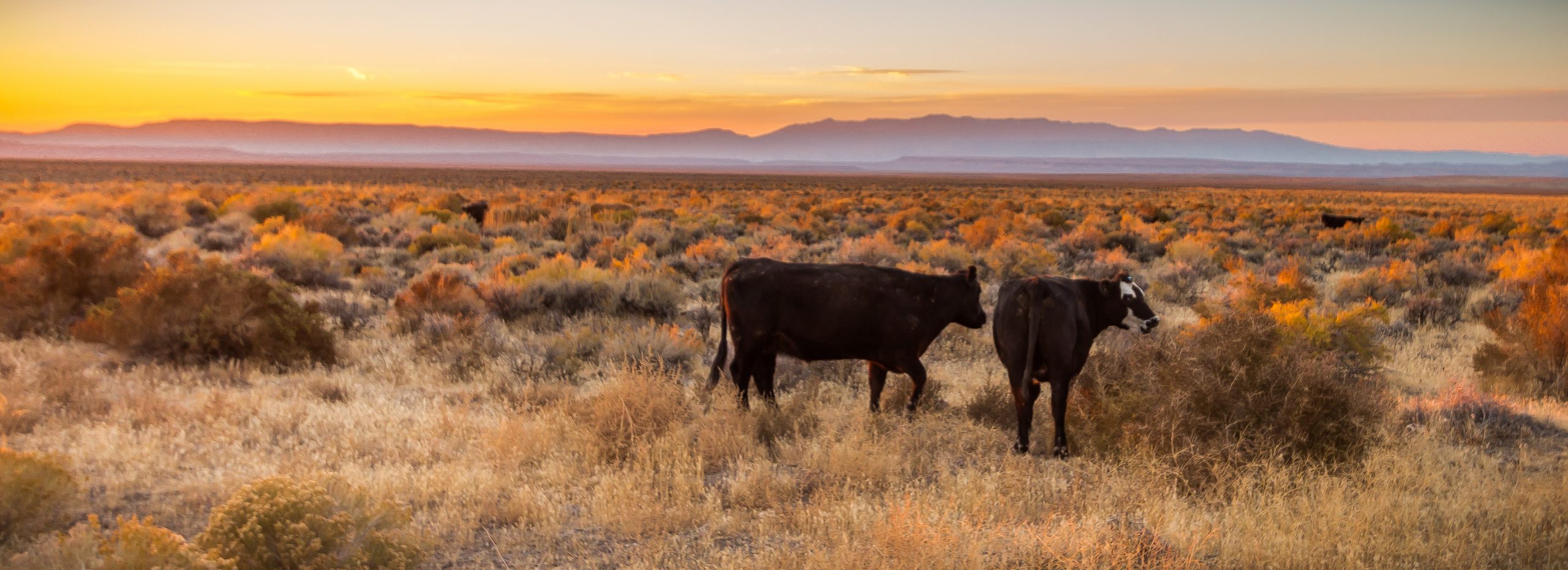From the community: ESA annual meeting in the news
Last week at the Ecological Society of America’s (ESA) 95th Annual Meeting in Pittsburgh, scientists presented research on the foraging behavior of bushbabies, the effects of RoundUp herbicide on amphibians, the benefits of microbial communities inside the human body and the global issues surrounding invasive species, pollution, global warming, elevated nitrogen and hypoxia, among others. Here is just some of the research from ESA’s annual meeting.
